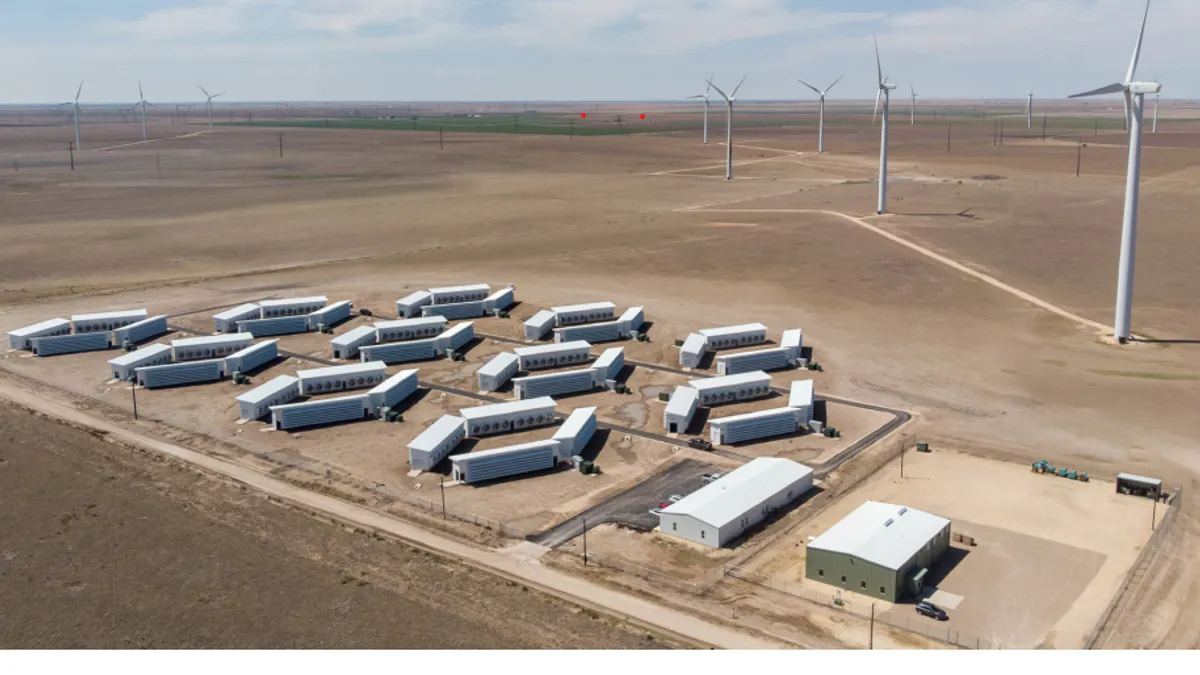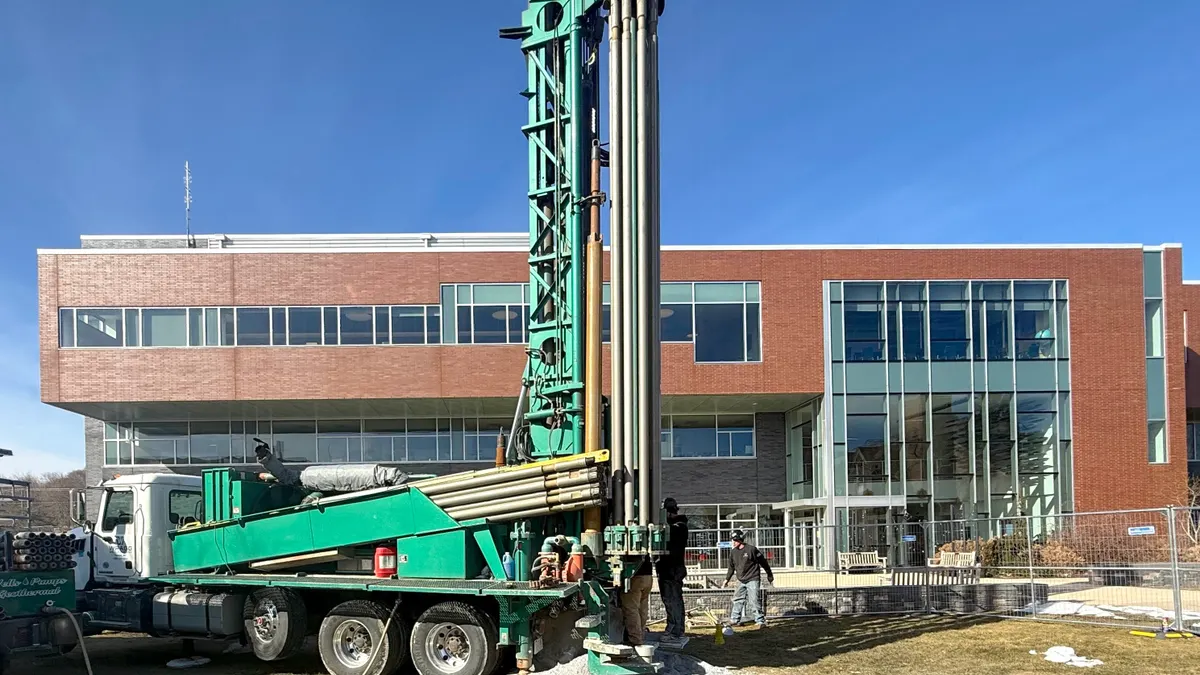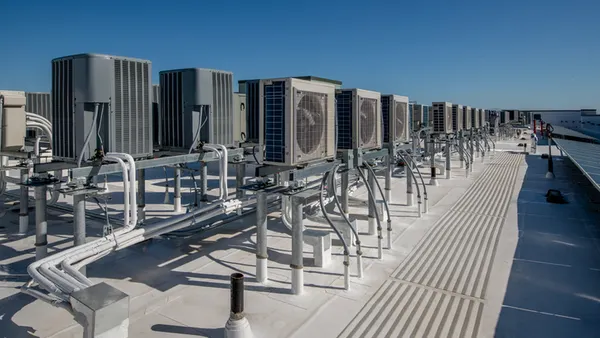Dive Brief:
- Soluna Holdings, a green data center developer for cryptocurrency mining and intensive computing applications, announced the findings of a study by REsurety, which concluded that it reduced annual carbon emissions at its Project Dorothy data center in Texas by using alternative energy and flexible load management.
- By using a mix of curtailed energy and subtractive — that which would not otherwise make it to the grid — and grid energy, the data center is able to cut emissions by 18% annually, compared with traditional data centers in West Texas, according to a Jan. 3 news release.
- If scaled across all data centers, that could lead to an annual carbon emissions reduction of nearly 60 million tons of carbon dioxide — the equivalent of 13 million cars taken off the road each year — and nearly half of that reduction could occur in the U.S. alone, according to a white paper from Soluna and REsurety.
Dive Insight:
Data centers account for 1% of global carbon emissions, according to the International Energy Agency. That’s equivalent to 330 million tons of carbon dioxide equivalent, with 50% of those emissions coming from data centers in the U.S., the white paper says.
As more renewable energy comes online, an inability to store solar or wind power for later use poses challenges for grid flexibility, leading to wasted energy when supply exceeds demand and causing revenue losses for renewable power producers, the white paper says. On such occasions, suppliers may curtail operations, and those offloading excess energy onto the grid may even pay for it, the white paper says. It notes that these practices diminish profitability, hinder efficiency and create bottlenecks for integrating new renewable sources into the grid.
Soluna says it seeks to combine load and generation to create a more flexible resource on the grid. Project Dorothy is a 50 megawatt data center situated in close proximity to a wind farm in the Electric Reliability Council of Texas West territory, sharing the same electrical grid region. The data center is powered by a mix of curtailed energy pulled directly from the wind farm; electrons taken directly from the wind farm that would otherwise be sold to the grid; and grid energy, a blend of clean and fossil fuel energy which will be consumed only if nodal or hub prices are below $150 per megawatt hour, the white paper says.
Through its proximity to wind farms, the Soluna data center can directly tap into a wind farm’s energy during periods of abundant supply and curtailments, effectively utilizing energy that would have otherwise gone unused, the paper says.
Although Soluna’s solution cannot necessarily be retrofitted into current data centers that just pull energy from the grid, “facilities managers can look to this model of integrating curtailed energy into system design and deployment,” Soluna Holdings CEO John Belizaire said in an interview. “It not only supports the use of clean energy but also accelerates the development of renewable energy assets onto the grid, since economics will be better for the asset owner.” Belizaire recommends that asset owners and facilities managers track the carbon composition of their location within the grid and the rate of power consumption across the energy mix.
In its analysis, based on Soluna data for the period of April 2022 to March 2023, REsurety, a software and sustainability solutions provider, used locational marginal emissions to assess Soluna’s carbon footprint. It found that the impact of flexible load on emissions reductions is minimal, representing a 5% reduction compared with a regular megawatt hour in the ERCOT West Texas territory. That means adjusting consumption based on “ebbs and flows of demand does not, by itself, result in significant emissions reductions,” the white paper says.
“Data center operators can do similar studies by analyzing carbon footprint using the metric of locational marginal emissions,” Belizaire said. “An LME analysis measures the tons of carbon emissions displaced by 1 MWh of clean energy added to the grid at a specific location and point in time.”
Soluna says its solution has broad implications for future computing workloads, especially high-intensity ones that need more computing power and energy. The company said its team views REsurety’s analysis as a “starting point” and plans to supplement it with a scope 2 emissions analysis conducted by an independent provider.











